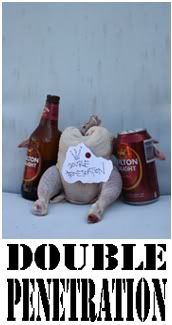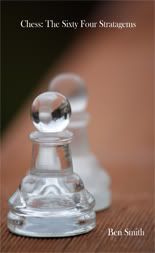Before a bunch of yuppie goons took over the streets of Manhattan, they belonged to kids. It was the 90s. They were a bunch of broke teenagers from different boroughs who united in the East Village. High lived on St. Marks Place. Her mom was chill. Their apartment was the main base for the crew to crash, to eat. They smoked pot, drank 40s out of brown-paper bags, partied on rooftops, and skated through Washington Square Park. That's where Leo Fitzpatrick, Justin Pierce, and Harmony Korine met Larry Clark. Later, their world was shared with an audience of millions. They became famous after starring in Clark's 1995 cult-classic film Kids, which stares unwaveringly into a fictionalised version of their lives.
The city changed in the 90s after Giuliani cleaned up New York. Before that happened, High, her friend Mel, and their crew lived wildly there. "At 14, it was as easy then to get beer at the bodega as it was liquor at the liquor store as it was to get weed, coke, or dope on my block. Clubs let us in, and trains were sketchy as shit," Mel writes in That's a Crazy One, a forthcoming book of photos curated by her and High. Neither she nor High was in Kids, but their friends were, and it was their culture and community Clark sought. The film looked the city's youth culture right in the eye, depicting an alternative lifestyle of explicit sex, drug use, and violence. Though Kids captured something that felt important because it felt real, High and Mel don't think it was real at all. In fact, they feel it was exploitative, that Clark capitalised on the brilliance of the crew while failing to capture the true beauty of their world. They weren't as sex-crazed as the film portrays them, for one. More important, in Kids, it seems all the boys want is to fuck the girls, but in real life, the girls weren't sexual conquests. The boys and girls ran neck and neck and were best friends.
More than 20 years after Kids, High and Mel have curated a selection of photographs they took of their crew in the early 90s. "High and I had photographed our friends for most of our teens, creating this full portrait of what so many people had tried to capture from the outside," Mel writes, introducing the series. Their photos plainly documented their lives: a teenage boy on a windowsill in a hallway on E. 4th Street, the walls gouged and crumbling; High and Mel in torn jeans and torn tights on a St. Marks roof; a sleeping boy in baggy jeans on a Brooklyn-bound R train, sprawled over the seats as if in a bed.
Whether they're smoking cigarettes in an oversize sweater in bed, or embracing one another in their underwear, their collection is raw and vulnerable, an intimate series taken from within the group itself. They've been hesitant to show it before, because the photos are so personal, but they know they are significant. The picture of a kid in an extra-large flannel and combat boots, in torn pale-blue jeans with a skateboard under her arm, is an image of disillusion and teen anguish that belongs to all generations.
Their teen years were the end of times for a culture that never died in our minds. The city wasn't muzzled back then. It was raw and dangerous, and for High, Mel, and their crew, it was fun. While every act of teenage rebellion is Instagrammed now, these kids didn't commodify themselves. The crew was a family. They spent their days together, holed up in diners, chain-smoking and drinking coffee to avoid going home. "We were where we were supposed to be," Joanna, another crew member, writes. "We were who we were supposed to be."
Today the intersection of St. Marks and 1st Ave is culturally unrecognisable to them. But while the people, the stores, and the apartment values have changed, that corner has a kind of immortality. It will stand as long as the city exists, an eternal reminder of when their lives intersected just like those street corners. Those memories, while important, aren't always easy. "The reality is that some of us made it out, some of us drowned, and some are still in limbo," Mel writes.




 "Drunk at the matinee" is a collection of candid poetry about stupid shit that we all experience from day to day.
"Drunk at the matinee" is a collection of candid poetry about stupid shit that we all experience from day to day.







No comments:
Post a Comment